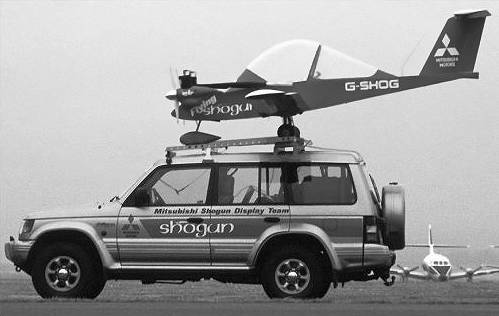K
Kludge
Guest
I would like a ruling on something here.
Another project (on the hook with everything else) is to try to "hotrod" some lawn trimmer engines, both two and four stroke. The idea is to be able to get as much power from them as possible at a constant speed (as opposed to blipped as done when in trimmer use) without breaking anything. The engine loads will be propellors (which are also going to be changed now and then to test different diameters & pitches) and I hope to have a test bed on which I can not only measure the thrust but also torque, even if it's an indirect method. The engines will be tested at full throttle where things can get real silent real fast after a rather unpleasant set of loud noises, and at 70-80% full throttle where they'd be spending most of the operating time. Oh, and the 2-stroke engines, being reed valve engines, will be tested in each direction with attendent ignition changes to manage that trick.
So anyway, the question is if it's cheating to start with engines that are already built and all that's being done to them is modifying them to a particular purpose outside the original design intent.
Best regards,
Kludge
Another project (on the hook with everything else) is to try to "hotrod" some lawn trimmer engines, both two and four stroke. The idea is to be able to get as much power from them as possible at a constant speed (as opposed to blipped as done when in trimmer use) without breaking anything. The engine loads will be propellors (which are also going to be changed now and then to test different diameters & pitches) and I hope to have a test bed on which I can not only measure the thrust but also torque, even if it's an indirect method. The engines will be tested at full throttle where things can get real silent real fast after a rather unpleasant set of loud noises, and at 70-80% full throttle where they'd be spending most of the operating time. Oh, and the 2-stroke engines, being reed valve engines, will be tested in each direction with attendent ignition changes to manage that trick.
So anyway, the question is if it's cheating to start with engines that are already built and all that's being done to them is modifying them to a particular purpose outside the original design intent.
Best regards,
Kludge
































































